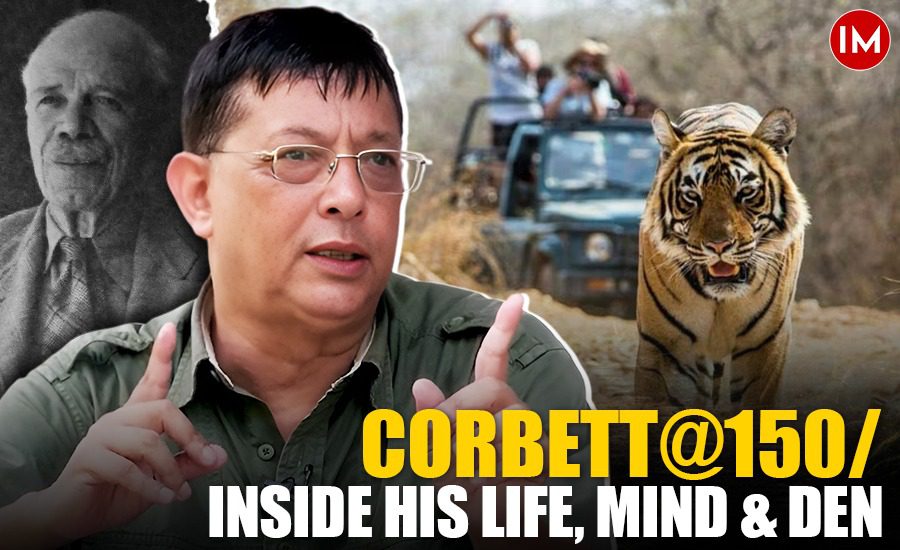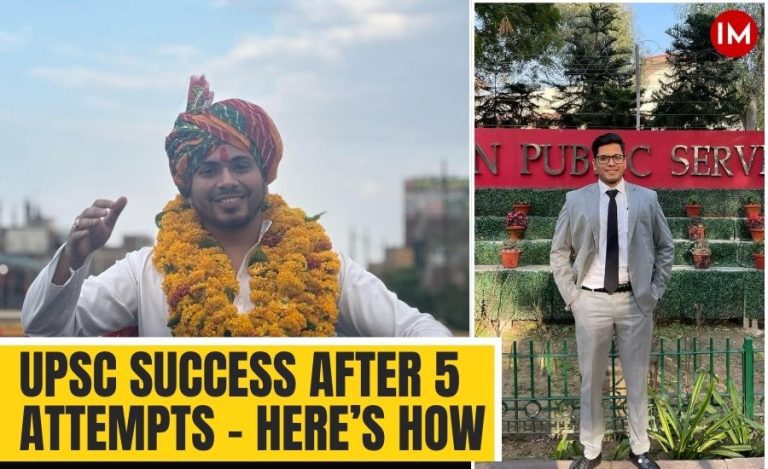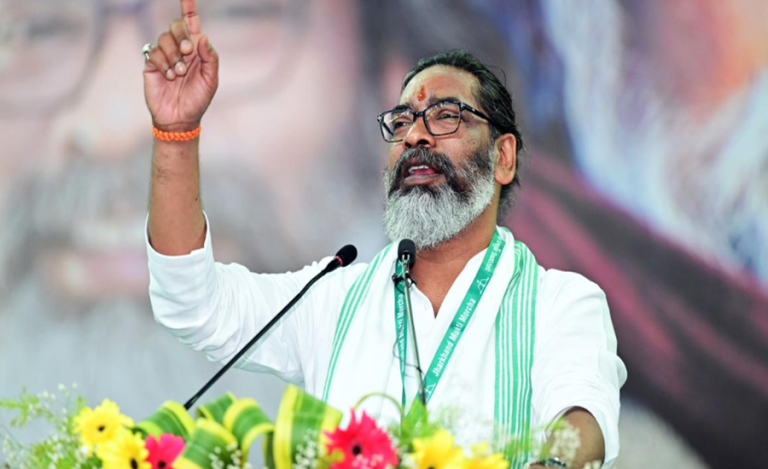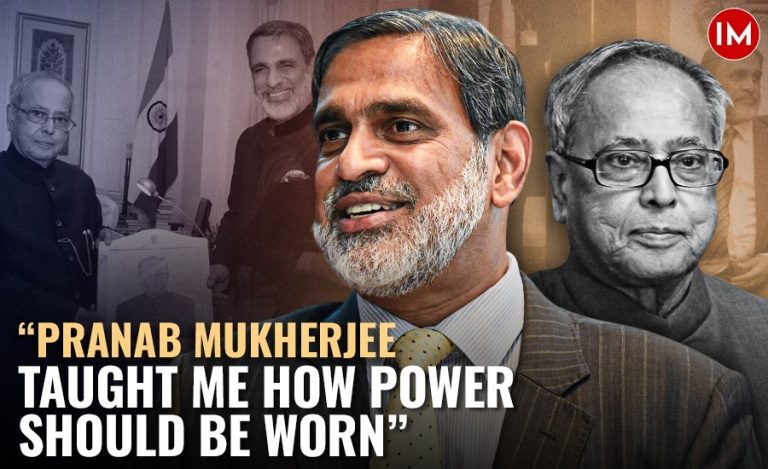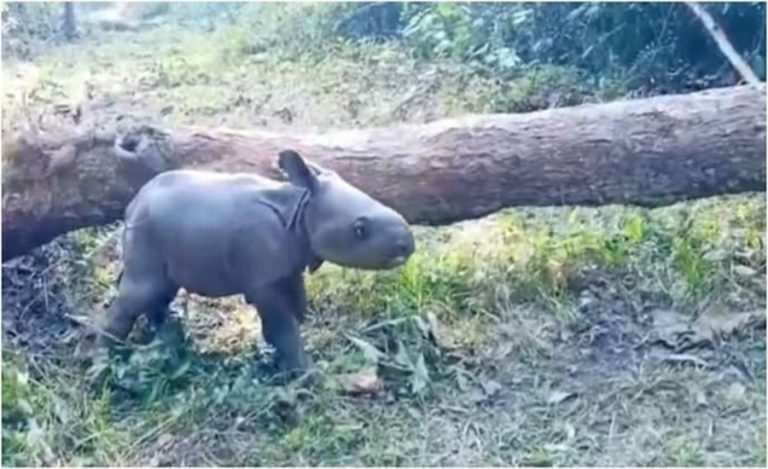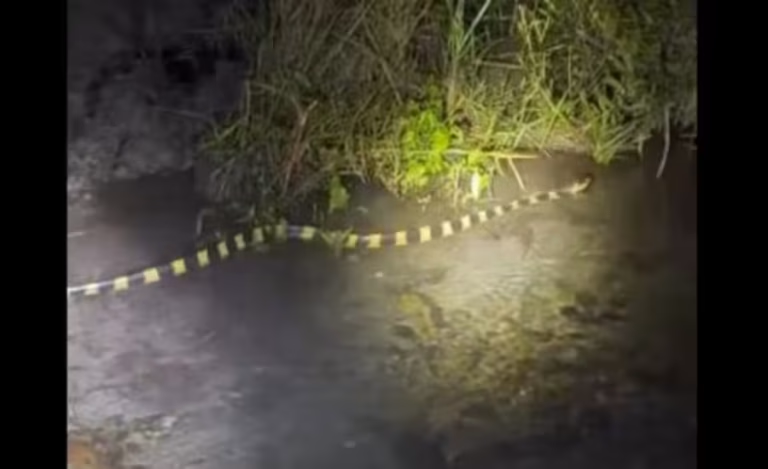Ever wondered why a hunter, Jim Corbett, is not only remembered regularly but also remains relevant even 70 years after his death? Wildlife filmmaker Ajay Suri, who is also the Founding Editor of Indian Masterminds, discusses the significance of Corbett’s legacy.
Please click on the link to watch the full video….
This video provides an insightful tour of the Jim Corbett Museum, which was once the home of the renowned hunter and conservationist Jim Corbett.
Mr. Suri emphasises that the museum is crucial for preserving Jim Corbett’s memory and contributions. He notes that all the Corbett’s books haven’t been bestsellers for the past 75 years and remain in publication, highlighting his enduring popularity.
Mr. Suri explains that Corbett’s influence extends beyond his writing; he played a significant role in conservation. He also points out that many people mistakenly believe “Corbett Park” is just a place, not realising it’s named after a person.
Corbett’s Ethics
Mr Suri addresses the paradox of Corbett being a hunter and a conservationist. He clarifies that hunting was permissible during Corbett’s era and that Corbett primarily hunted man-eaters, saving many lives in Uttarakhand.
He recalls that several notorious man-eaters were neutralised by Corbett, including the Champawat man-eater and the Rudraprayag man-eating leopard.
The museum is described as a “kaleidoscope” offering a deep dive into Corbett’s life. Visitors can see portraits of his sister Maggie and his mother and learn about his generous nature, including how he managed his properties in Chhoti Haldwani even while living in Africa.
The video touches upon why Corbett left India for Kenya after independence. Mr. Suri suggests that Corbett, too, was a wanderer by nature, having lived and worked in various places throughout his life. Despite moving, Corbett maintained strong ties with India, regularly corresponding with friends and sending money to those in need.
Museum’s Origin
The house was originally given by Corbett to a friend named Chiranji Lal and later purchased by the Forest Department to be converted into a museum. The video concludes by encouraging people to visit the museum, especially as it marks Corbett’s 150th birth anniversary, to gain a deeper understanding of his life and legacy.

